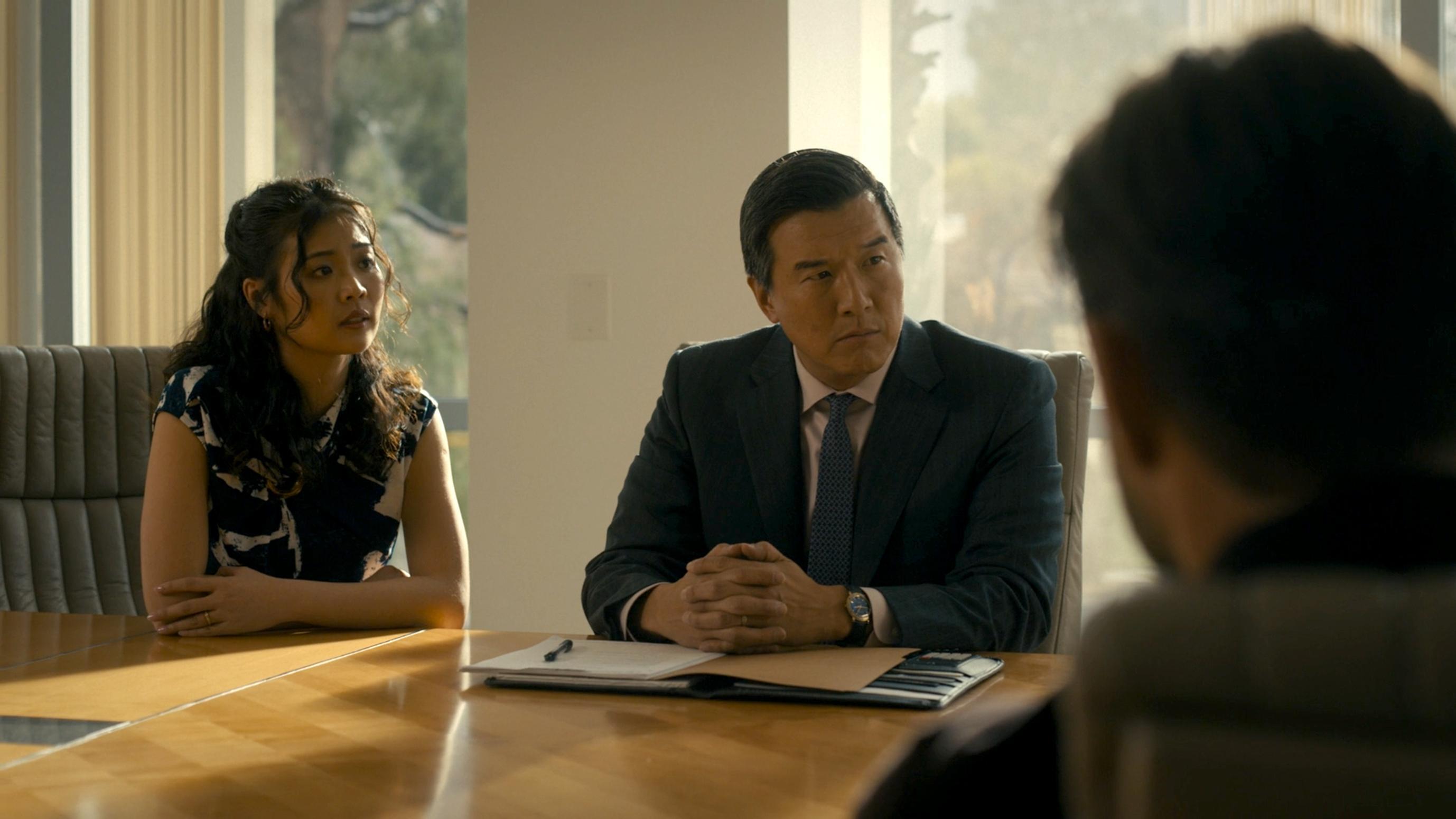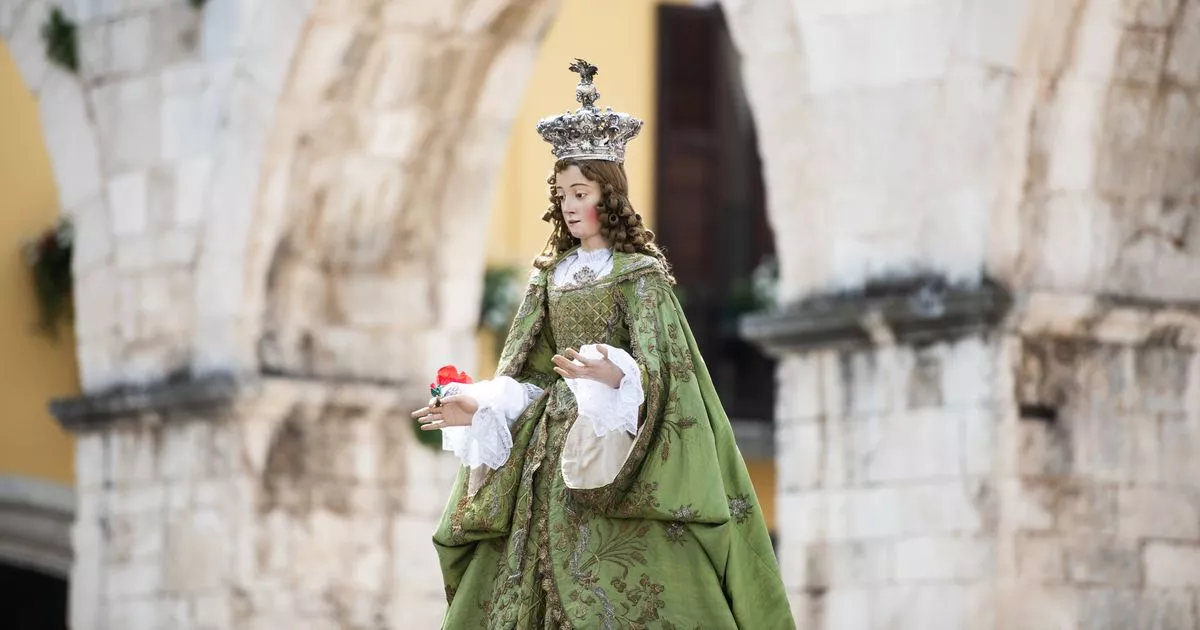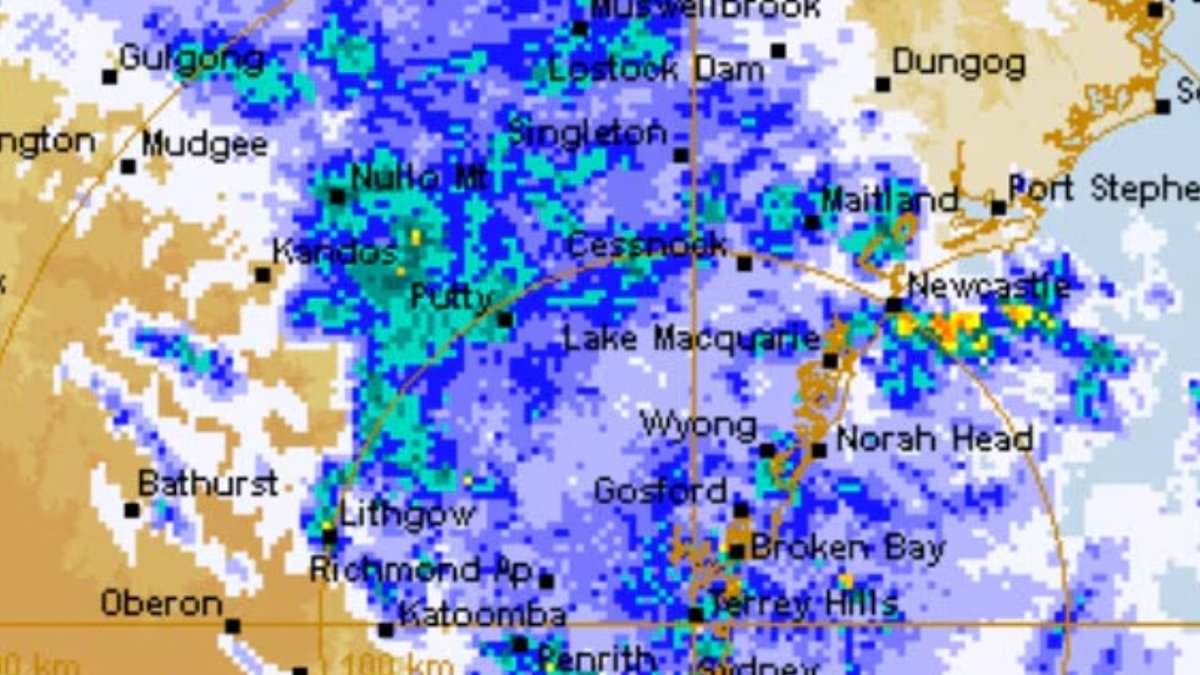‘If we wait for accurate roles, some of us would never work’: Hollywood portrayals of ‘exotic’ Singapore
By Teo Kai Xiang for The Straits Times
Copyright tnp

A Singaporean Chinese businessman who speaks only Malay sits across from American investigators, requiring an interpreter to translate his words to English.
This bewildering scene, from an episode of American crime drama series Countdown (2025) which aired on Prime Video on Aug 20, sparked criticism from local netizens for its “badly misrepresented” portrayal of the Republic.
And yet, it exemplifies a persistent trend. When Singapore appears on global screens, many depictions miss the mark so dramatically that viewers find them cringeworthy rather than celebratory.
“As actors, if we were to really just stick to auditioning only for our own ethnicities or nationalities, or if we wait for roles with 100 per cent accurate representation, some of us would never ever work,” says Valerie Loo, the Singaporean actress who played that interpreter in Countdown.
Her other acting credits include appearances on horror anthology series American Horror Stories (2021 to 2024), crime drama Criminal Minds (2005 to present) and TV movie Killing The Competition (2025).
Based in Los Angeles since 2019, she sees the challenges in securing authentic representation in Hollywood as a symptom of a deeper issue: the scarcity of Asian voices in film-making.
“Hollywood is built on connections,” Loo, who declines to reveal her age, tells The Straits Times. “Because there aren’t a ton of Singaporeans working here in America both in front of and behind the camera, it’s hard to foster community. Newer actors like myself have to build from the bottom up, taking on as many different roles as possible to build our credits.”
This is complicated by a painful double standard, she adds.
While Caucasian actors are lauded for their ability to switch accents or embrace roles outside their background, Asian actors are often scrutinised by their own communities – both when portraying characters outside their ethnicity and when their characters are written poorly.
“How can Asians rise to prominence and notoriety of the same stature as their Caucasian peers if they have to bear the weight of complete authentic representation in an industry that already underrepresents them?” she asks.
ST identifies four major errors most commonly made by foreign productions.
Singapore as an exotic and dangerous realm
“Geylang is an overcrowded slum with a thriving underworld,” declares a character in a 2017 episode of American crime drama series Criminal Minds: Beyond Borders (2016 to 2017) that was widely panned by netizens at the time.
The same episode also has a character referencing a fictional Singaporean proverb that “where this is a sea, there are pirates”.
Singapore as dangerous and primitive is one common pitfall of foreign depictions of the Republic, which also has deeper roots.
According to Dr Ben Slater, a senior lecturer at Nanyang Technological University’s School of Art, Design and Media, Samarang (1933) – one of the earliest Western films to be shot on location in Singapore – was a jungle adventure film in which Caucasian expatriates encounter semi-naked cannibals.
“When film-makers came to Singapore in the pre-war colonial era, they tended to have their own idea of how they wanted to represent Singapore and Malaya, and were not at all interested in authenticity,” says Dr Slater.
For these film-makers, Singapore was “largely an exotic backdrop”.
The shadow of these early portrayals does not shake off easily.
When British period drama series The Singapore Grip first premiered in 2020, it was criticised in Britain for its limited representation of Asian characters.
Adapted from the 1978 novel of the same name, the show followed a primarily Caucasian cast navigating the turmoil of a Singapore on the verge of surrender to the Japanese during World War II.
Outside of the sole Asian character in the main cast, London-based non-profit Beats – founded by British East and South-east Asians working in the theatre and screen industries – described The Singapore Grip’s Asian representation as “merely heavily accented ciphers, silent chauffeurs, exotic dancers, giggly prostitutes, monosyllabic grunts and half-naked yogis”.
Meanwhile, Marvel comics’ fictional Madripoor – first introduced in 1985 and drawing heavily from Singapore, from the national flag to symbols like Marina Bay Sands – made its biggest on-screen appearance in the 2021 Disney+ series The Falcon And The Winter Soldier.
It was a depiction that had Reactor magazine reviewer Thom Truelove criticising it for serving up a “chop suey” of tropes about South-east Asia as lawless and smelly.
Meanwhile, a reviewer from culture site ComicsBeat called out the superhero show for being emblematic of how “Marvel is in love with the ‘Asian criminal underground aesthetic’, but not so in love with Asians themselves”.
Singapore as generically East Asian
In the 2016 sci-fi disaster film Independence Day: Resurgence directed by German-American veteran Roland Emmerich, Marina Bay Sands’ iconic silhouette makes a brief appearance before the island is destroyed by aliens.
But beyond that landmark, this on-screen Singapore bears little resemblance to reality. The crowd of entirely East Asian extras scream at one another in Mandarin as aliens descend, in a cityscape that looks as though the film-makers imagined Singapore as simply another Chinese city.
This flattening of Singapore’s multicultural identity is a common criticism levelled at foreign works depicting the country, from Crazy Rich Asians (2018) to Pirates Of The Caribbean: At World’s End (2007).
The latter features an 18th-century Singapore complete with fog, bathhouses and Chinese lanterns – a fantastical mash-up that American production designer Rick Heinrichs admits in the film’s production notes was based on “other Chinese cities” because Singapore “was not a particularly well-documented place until the 19th century”.
Video games, too, are particularly guilty of this trope.
From Hitman 2 (2018) to Call Of Duty: Black Ops III (2015) to Battlefield 4 (2013), levels set in Singapore often feature signage in Mandarin and elements evocative of other East Asian cities like neon lighting.
Singapore as lost in translation
When multiplayer shooter game Overwatch (2016) introduced the Singaporean robot Echo as a playable character in 2020, netizens cringed at her distinctly foreign way of saying Singlish phrases like “alamak” and “shiok”.
This video game represents a growing global awareness of Singaporeans’ recognisable accent, even if this representation can sometimes fall short in execution – like during a 2021 blink-and-miss-it moment in animated spy series Archer (2009 to 2023), which had a character pronounce “Bukit Batok” like “Bookeet Batock”.
Dr Slater notes that, over the years, there has been some progress in Singapore’s representation on screens.
For instance, in the American crime noir film Singapore (1947), a character played by American actress Ava Gardner visits a kampung identified as along Rochor Canal, and speaks in Malay to the extras.
“This connects directly to that episode of Countdown where the assumption is that the writer had read online that Malay was the national language,” says Dr Slater. “In 1947, that was an authentic detail.”
Still, getting language right has long been an issue. “The character that (Indian actor) Shashi Kapoor plays in Pretty Polly (1967) is the first major ‘Singaporean’ film character after 1965, but he feels very much like Shashi Kapoor, aside from one very brief ‘lah’,” adds Dr Slater.
That is not to say Singaporean representation is always welcome.
In the action-adventure video game Just Cause 2 (2010), one female character’s thick Singaporean accent was the subject of mockery by netizens.
When sharing a video clip of her that year, local internet personality Mr Brown wrote: “Bolo Santosi is quickly becoming a cult figure in the gaming world, with her terrible voice acting, campy dialogue and the all-powerful Singaporean accent.”
Singapore as a placeless dystopia
Over the years, how shows have represented Singapore has evolved. The post-independence years of the late 1960s saw a flourishing of foreign productions filming on location in the Republic, says Dr Slater.
However, many of the films of the time – like So Darling So Deadly (1966) and Five Ashore In Singapore (1967) – depict the country through the lens of a tourist.
“One notable problem is that Singaporean characters are relegated to being extras, functional figures like waiters or receptionists and, at best, villains,” he adds.
More recently, Singapore has increasingly become a different kind of backdrop.
Shows like Westworld (2016 to 2022) use the city’s modern architecture to represent a futuristic and dystopian Los Angeles – something that Dr Slater calls “a certain Western fantasy about Asian futurism – combining money, technology and spirituality”.
For these programmes, from Crazy Rich Asians to K-drama Little Women (2022) to the sci-fi romantic drama film Equals (2015), Singapore is a convenient backdrop on which to project a film-maker’s ideas of futuristic technology and luxury.
For Singaporean actors working in Hollywood like Loo, the challenge remains navigating flawed roles and limited representation.
With few stories that feature Singaporeans, she says “more often than not, we have to learn the standard American accent or other Asian accents – if required – and audition for roles that are for other ethnicities and nationalities instead”.
“I’ve been lucky to have booked some open ethnicity roles and had my auditions seen by the right people who’ve given me opportunities, even when I didn’t have a ton of credits,” she adds. “But that’s why it often adds to the pressure I feel to take on roles that I might not always feel represents me as an individual and as a Singaporean super accurately.”
“It often feels like I have to play the long game in order to make a name for myself to one day be in a place where I can contribute to real change.”



